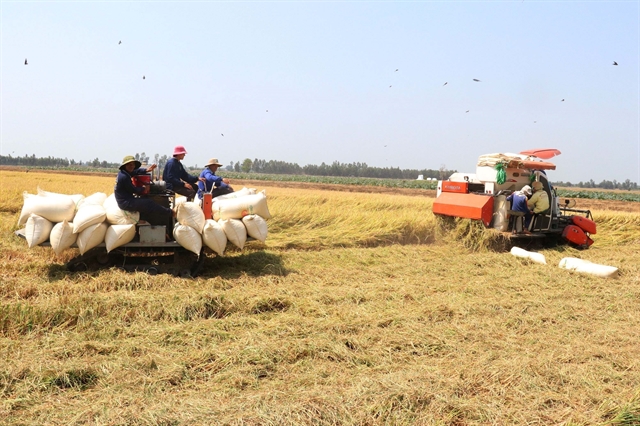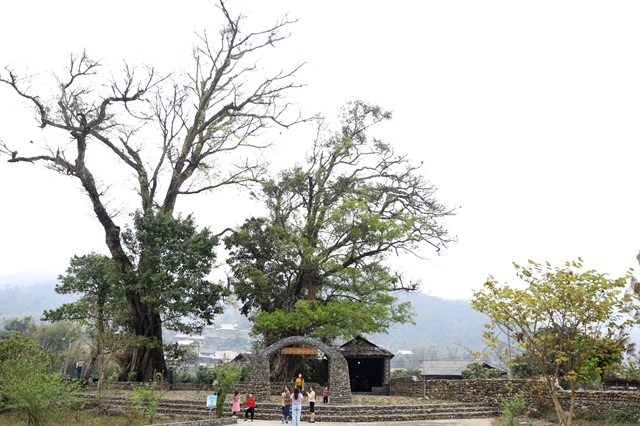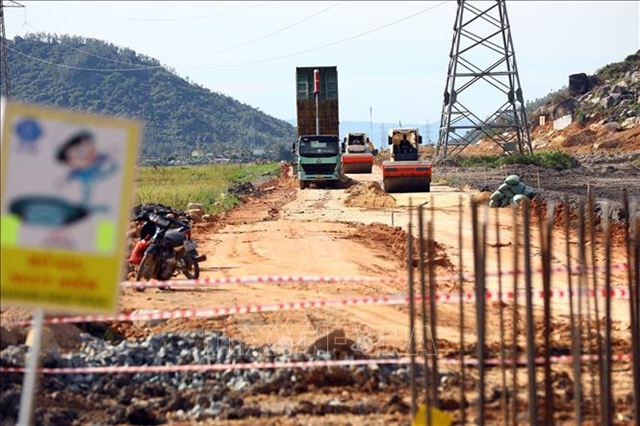 Economy
Economy

The southern province of An Giang has exported 5.4 tonnes of three-coloured mangoes to Australia for the first time, reported the provincial People’s Committee.
 |
| Each three-coloured mango weighs between 450g and 700g on average, with the largest ones reaching nearly two kilos. — Photo vnexpress |
HÀ NỘI — The southern province of An Giang has exported 5.4 tonnes of three-coloured mangoes to Australia for the first time, reported the provincial People’s Committee.
The mango skin changes from green to yellow and reddish purple when it ripens, so locals have named it the "mango of three colours."
With seeds being imported from Taiwan, this mango variety has become increasingly popular in the Mekong Delta region over the years due to its large size, pretty colours and pleasant taste.
The trees grow well, flowering easily and bearing fruit 18 months after being planted. Each mango weighs between 450g and 700g on average, with the largest ones reaching nearly two kilos.
Deputy Director of An Giang Department of Agriculture and Rural Development Nguyễn Sĩ Lâm said the province had co-operated with Chánh Thu Im-export Company in southern Bến Tre Province since early April to select mango growing gardens in Chợ Mới District, which grow the fruit under VietGAP standards.
“We have also co-ordinated with a local plant quarantine centre to check quality and issue codes for growing gardens, which are qualified for exports to Australia and the US,” said Lâm.
The province will begin exporting mangoes to the US soon, he added.
Chợ Mới District has become the hub of three-coloured mangos after the provincial People’s Committee approved financial support for project on building an area dedicated to the fruit several years ago. The fruit is being grown in nearly 5,000ha, mainly in the Mỹ Hiệp, Bình Phước Xuân, and Tấn Mỹ communes.
According to Nguyễn Phước Thành, an official of the An Giang Plant Protection and Cultivation Department, about 730 growing households had been trained produce high quality mangoes. Local authorities had set up a chain from supply to consumption with participation of growers and businesses. — VNS









